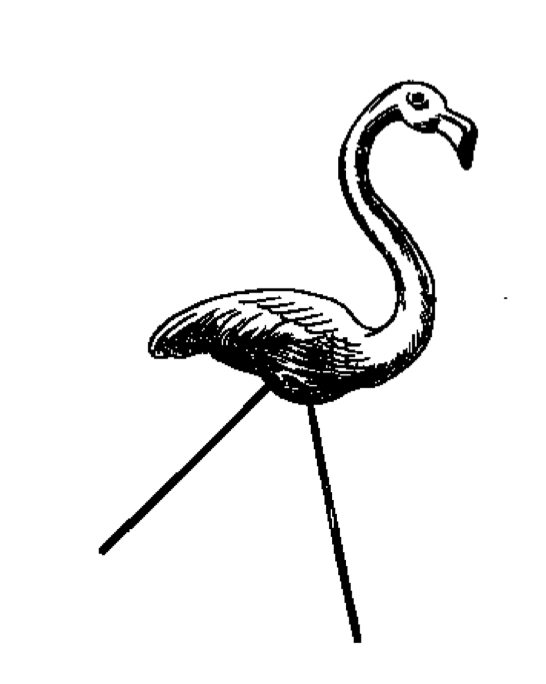“It’s good because it’s awful,” Susan Sontag declared in her 1964 “Notes on ‘Camp,’” is “the ultimate Camp statement.” That essay—which tried to codify a sensibility that had been almost entirely subcultural and intuitive up to that point—didn’t exactly signal the end for camp,1 but uttering camp’s unspoken rules changed the game, and helped start a new one.
It’s not that camp has died, exactly—more that it’s become a sensibility entirely without risk or shock, a cultural flavor like any other. Camp is hyper-aestheticized, or deliberately overaestheticized; from our perspective in 2004, everything before roughly the time of “Notes on ‘Camp’” seems hyper-aestheticized in a way that’s indistinguishable from camp. Sontag describes The Maltese Falcon as great camp, Rear Window and North by Northwest as failed camp. Once they hit Turner Classic Movies, could there be any significant difference between their respective degrees of campiness? In fact, viewed strictly in terms of aestheticization, there’s very little difference between Rear Window and instructional films of the 1950s. Watching the latter is a way to get the wicked buzz of camp that belongs to that era’s prevailing aesthetic without, say, Hitchcock’s craft and narrative sense getting in the way.
As camp has become less a club and more a public park over the last forty years, time has engendered the shift from the banal to the fantastic that Sontag described. Virtually every work from the end of Victoria’s reign through the Beatles’ first LP that hasn’t become part of the cultural canon can now be read as camp: every advertisement, every radio drama, every game show, every issue of the Saturday Evening Post… but it’s also possible to reclaim anything from camp, with a little bit of effort. (Enid, in the movie version of Ghost World, understands the artifacts Seymour surrounds himself with first as camp, and then simply as art.) There is no tidy division possible.
Sontag mentions that one of the earliest written descriptions of capital-C Camp is “a lazy two-page sketch in Christopher Isherwood’s novel The World in the Evening (1954).” In the scene in question, Isherwood’s character Charles Kennedy makes the distinction between Low Camp (“a swishy little boy with peroxided hair, dressed in a picture hat and a feather boa, pretending to be Marlene Dietrich”) and High Camp (“the whole emotional basis of the ballet, for example, and of course of baroque art… the ballet is camp about love.” Mozart sí, Beethoven no). But this, it seems, is just a restatement of the more familiar high/low dichotomy. In any case, in the last...
You have reached your article limit
Sign up for a digital subscription and continue reading all new issues, plus our entire archives, for just $1.50/month.
Already a subscriber? Sign in





